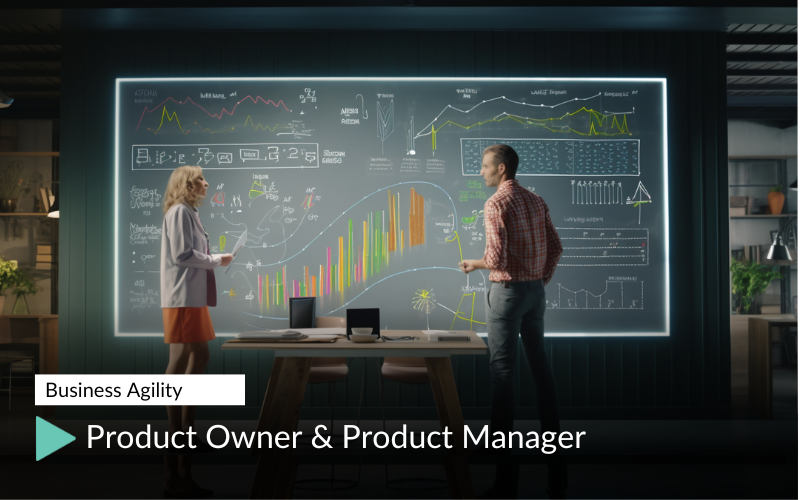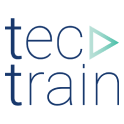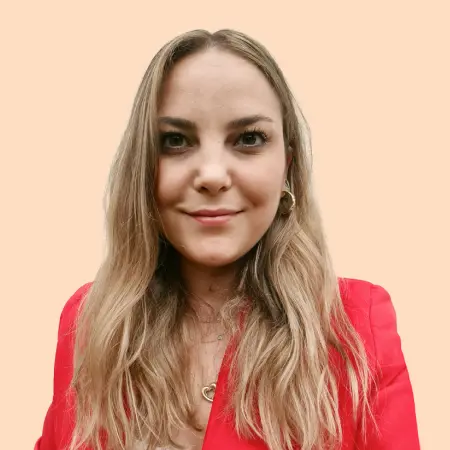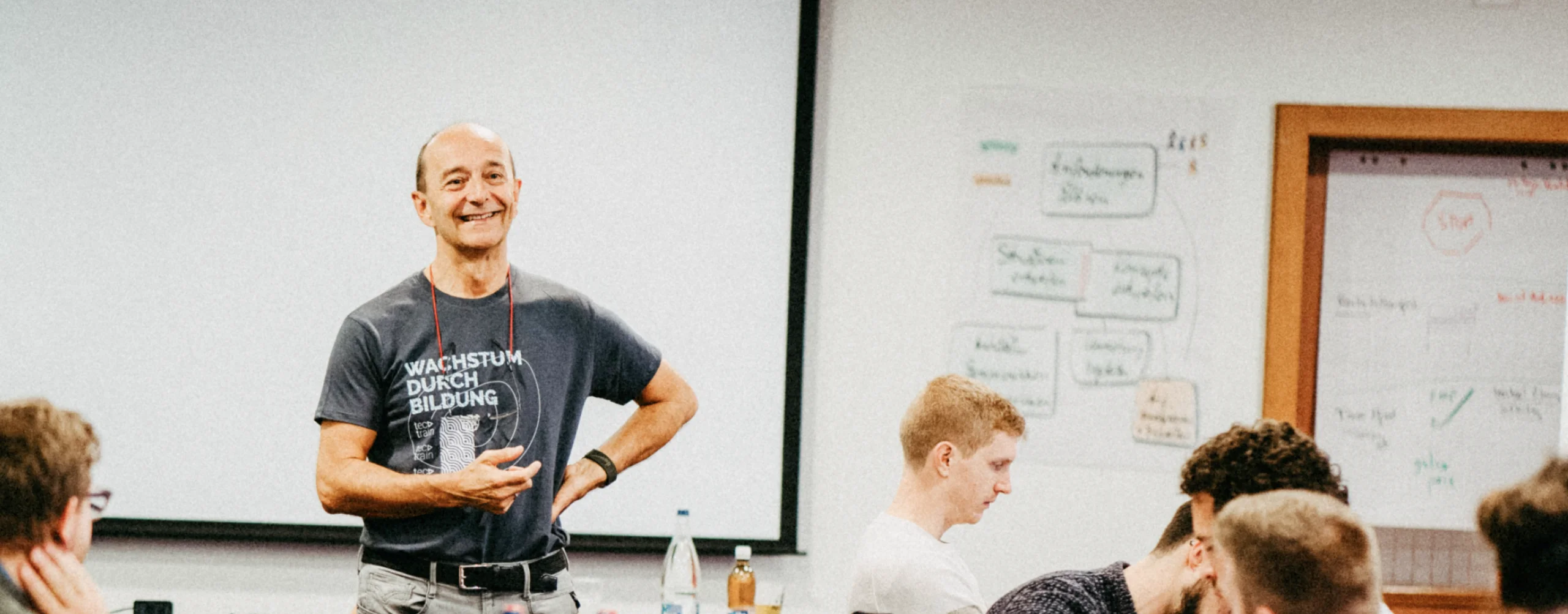Product Owners and Managers
In the world of Agile, the "product owner definition" is akin to a team's guiding star. The Product Owner is the person who chooses what tasks the team tackles next, ensuring that these tasks align with the company's bigger goals. They take the broad plans from the top management and simplify them into smaller, manageable tasks for the team.
This role is crucial because the Product Owner acts as a bridge. On one side, they understand the company's grand vision and, on the other, they know the nitty-gritty of daily tasks. By connecting these two worlds, they ensure that the team's work always moves in the right direction, bringing the company's big ideas to life.
In contrast, the Product Manager operates at a more strategic level. While the Product Owner focuses on the details of current tasks, the Product Manager looks at the bigger picture. They are responsible for understanding market needs, identifying opportunities, and setting the overall direction for the product.
The Product Manager collaborates with various departments, from marketing to sales, to ensure that the product aligns with the company's long-term objectives and meets customer demands. Essentially, while the Product Owner ensures the team is on track day-to-day, the Product Manager ensures the product is on track for long-term success.
Ever wondered how Product Owners and Managers drive agile projects to success? Let's delve into their pivotal roles and responsibilities.
Featured Resource
Implementing Agility in the Enterprise: Your Practical Handbook
Why is it important to be a Product Owner?
Product ownership is important because it acts as the accountable force for the development team and the customer's interests during the development phase. The closer the end product is to customer specifications, the fewer corrections are needed to the product, which saves time and money most importantly. Product owners work closely with the customer and development team to meet everyone's needs and provide support.
In short, Product Ownership contributes to team integrity by assigning key roles in each project and creating project roadmaps for the team to follow. This gives each part of the team direction and improves the overall development process.

On the other side, being a certified product owner elevates the role even further. Certification not only validates the individual's expertise and understanding of the product ownership role but also ensures they are equipped with the latest best practices and methodologies in the agile framework.
When a product owner is certified, it instills greater confidence in both the development team and stakeholders. The certification signifies that the product owner has undergone rigorous training and has demonstrated a deep understanding of their responsibilities, ensuring that they can effectively bridge the gap between customer needs and the development process.
Thus, becoming a certified product owner not only enhances personal credibility but also ensures that the projects are handled with utmost proficiency, leading to better outcomes and increased stakeholder satisfaction.
Actually, the role of Product Owner extends beyond just a job title; it's about a mindset geared towards value delivery and product success. To grasp the full spectrum of this role's responsibilities, you can look at current Jooble listings for product owner positions so that you can see fresh insights into what companies are currently seeking at the moment.
What is a Product Owner / Product Manager (POPM) in the SAFe Framework?
While agile principles are a natural fit for smaller development teams, larger organizations sometimes struggle to implement these principles at scale. As a company's internal staff and project scale increases, it can become quite difficult to remain adaptable and flexible. This is where SAFe® comes into play. It takes the guiding principles behind agility and translates them into the work of teams and organizations at the enterprise level.
POPM helps streamline the product development flow and ensures programs are executed to drive continued value creation. According to the Scaled Agile Framework, a product owner is part of the agile team responsible for explaining stories and prioritizing the backlog team to optimize program execution priorities. Additionally, a Product Owner will maintain the technical and conceptual integrity of any feature or component for the team.
A person taking on the role of Product Owner plays an important role in increasing the value of products and ensuring that the stories meet the needs of the users. This is a key role for any organization transitioning to agile. This person will support each member of the agile team. The Scaled Agile Framework also ensures that this role has important relationships outside of the local team, such as B. Business owners, customers, the product management team, and other stakeholders.
Product Owner (PO)
The Product Owner's tasks are different areas of responsibility than the Scrum Product Owner. The Scaled Agile Framework has classified the responsibilities of Product Owners as follows:
Preparation and participation in program extension planning: Product owners are members of extended product management teams in organizations. Therefore, they are heavily involved in backlog improvement and program increment (PI) planning preparation. Before the planning event, product owners ensure the team backlog is kept up to date. They also review and contribute to the program's vision, content presentations, and roadmap.
During the event, Product Owners identify the stories and provide the necessary explanations to support the team in their story predictions. All Agile team members, including product owners, will work together to set team PI goals for an outstanding program boost.
Running the iteration: When it's time to run the iteration, product owners have many responsibilities to handle. Some of them are:
- Keep the team backlog updated
- Planning iteration
- Implementation of behavioral development
- Story Acceptance
- Understand enabler work
- Attend the team retrospective and demo
Program Execution: When it comes to program execution, the Product Owner's role is instrumental in creating system demos for value stream and program engagement. During each program increment, the product owner must link the dependencies to other POs in the organization.
Review and Adaptation: During the workshops, one of the Product Owner's responsibilities is to work across teams to explain improvement stories and put them into practice. Here the Product Owner plays a key role in producing the demonstration of the PI System for program stakeholders.

Product Manager (PM)
Product Managers play a crucial role in ensuring the successful execution of large-scale product development initiatives. They are tasked with formulating product strategies, gaining insights into customer preferences, and making informed prioritization decisions. Moreover, they foster effective collaboration among diverse teams, all working towards a common objective.
The core of product development in this context revolves around coordinating the efforts of multiple Agile teams. This coordination is essential for aligning everyone's efforts within predictable release cycles, thus ensuring smoother project execution.
In this context, there are structured guidelines available for various organizational levels, spanning from individual teams to broader programs and portfolios. These guidelines equip organizations with the necessary tools to commit to a defined strategy and sustain ongoing work.
A comprehensive approach to this framework involves four primary layers: Team, Program, Portfolio, and Value Stream. Product management primarily operates at the program level. By embracing a multi-layered approach and fostering collaboration across these different levels, Agile organizations can effectively plan and execute projects in a cohesive and synchronized manner.
What are the tasks of the Product Manager (PM)?
Product Managers guide product strategies that are technically feasible and meet customer needs to achieve business goals. You will also identify market-driven solutions and lead a product team to deliver them. The roles and responsibilities of the Product Manager include:
- Definition of the product vision: Product managers research customer data, market trends, competitive analysis, product viability, and feasibility information, among other things. They use their research to create a product vision that delights their customers and delivers a high return on investment. Product managers also need to convince stakeholders to go along with the vision. It also takes on the task of listening to the team's feedback and ensuring that all team members understand the rationale behind the product vision and ensure alignment on that.
- Understanding user needs and producing solutions: The best product managers are in constant dialogue with customers. They try to dig deeper to understand the user experience and unmet customer needs that could become the basis for new features or products in the future. When product managers understand user needs, they can better articulate and represent them to the team.
- Strengthen product teams: Product managers are team leaders who strive to bring out the best in each product team. You take the necessary initiatives to keep the team's motivation at the highest level.
- Product status monitoring: Product managers often lead product team meetings to understand how deployment is progressing and anticipate roadblocks. They communicate with organizational stakeholders about delivery updates and changes in the roadmap. They also perform time and resource analysis.
How to become a Product Owner/Product Manager (POPM)?
The "product owner certification", also known as the POPM certification, equips product owners and product managers with the skills needed to collaboratively deliver optimal outcomes for both the customer and the business.
The most straightforward path to obtaining the Product Owner/Product Manager POPM certification is by enrolling in courses at reputable institutes with a track record of success. Armed with the insights and tools from this course, candidates are well-prepared to ace the Scaled Agile exam, propelling them closer to their desired career goals.
Through the course, attendees gain a clear understanding of the day-to-day roles of the product owner and product manager. They are trained on how to effectively collaborate with teams and business stakeholders, craft stories, design, prioritize, construct, test, and release products, ensuring enhanced productivity and superior quality.
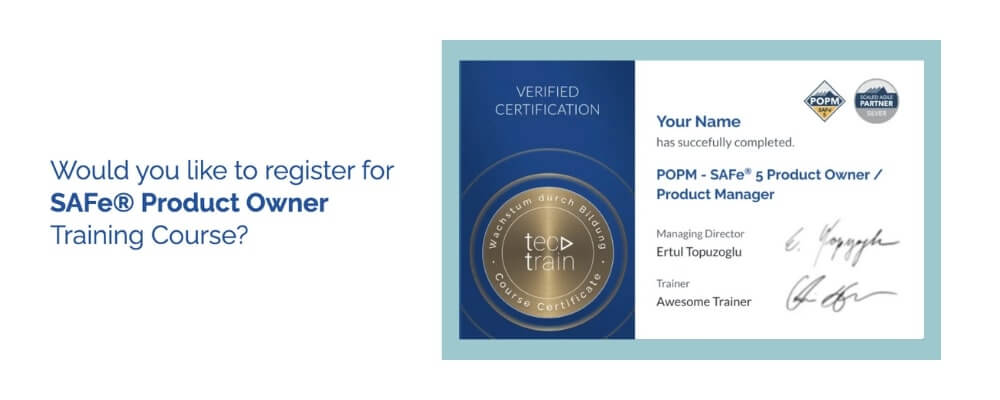
Featured Resource
What is Scaled Agile Framework® (SAFe)?
Product Owner in the Scrum Framework
Along with the Scrum Master, the Product Owner is one of the roles in the Scrum Team. It is the person who, during the development phase of a product, ensures that the product value is increased by a maximum. He is also responsible for the entire development team.
There may be differences between each Scrum team and individual as organizations determine how this is to be done. However, the Product Owner is responsible for managing the Product Backlog and does not share this responsibility with any other Scrum member.
In Scrum, the Product Owner is also responsible for the effective management of the Product Backlog, including:
- Clearly articulates the items of the product backlog.
- Drives agile transformation in companies
- Prioritizes the items in the product worklist by business units according to business value.
- Maximizes the quality that the development team brings out of the product backlog as they work.
- Ensures that the Product Backlog is publicly accessible, and ensures transparent management. Lists what will happen next and what Scrum teams should handle.
- Allows the development team to understand as much as possible of the work that is in the product backlog.
The product owner can produce the items listed himself or commission the development team to do so. The responsibility always lies with the product owner. The product owner is a maximum of one person because more than one person cannot own the product. Also, the Product Owner can reflect the desires of a community, however, it is solely the Product Owner's responsibility to change the priority of items in the Product Backlog.
If the community wants to change the priority, they should contact the product owner. It is important that team members respect the product owner's decisions so that the product owner can maximize the product. Those who want to see the product owner's decisions and the priorities of the work list can see the content and order.
What is a Product Backlog?
The Product Backlog is a list of all the features, requirements, enhancements, and fixes that make changes to a product. The product owner is responsible for the content, availability, and organization of the product backlog. All work done by the development team must be in the product backlog.
A product can only have one product backlog at a time. The product backlog is constantly evolving. Product Backlog items have a definition, order, estimated size, and value. Product Backlog items are listed to best achieve goals and tasks.
Product Backlog items that rank higher are usually clearer and more detailed. More than one Scrum team can work on the same product. In this case, a single Product Backlog is used and the Product Backlog items can be grouped. During the improvement process, the product owner and the development team work together. The Scrum Team alone decides when and how improvements are made.
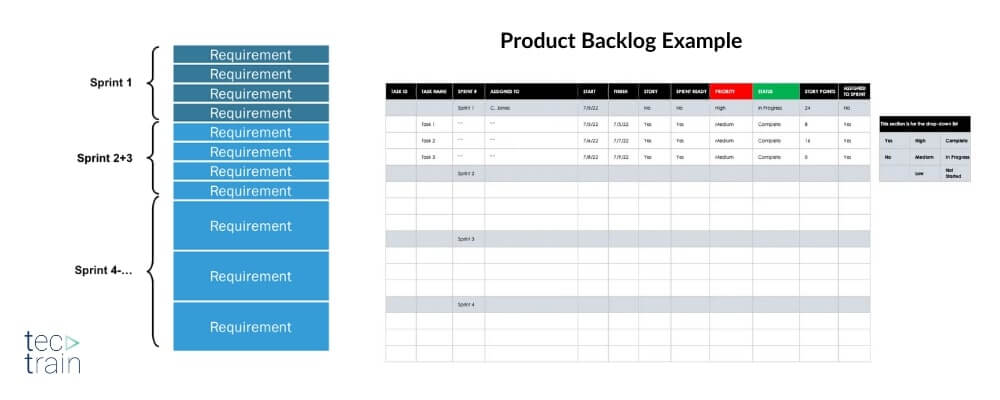
In Scrum, the relationship between the Product Owner to the Development Team is as follows:
- Is responsible for maximizing the value of the product proposed by the development team.
- Controls the development of the project and takes the end-user perspective.
- Ensures communication between the development team and the customer.
- For the Product Owner to be successful, the organization he works for must respect his decisions and offer autonomy.
- The product owner needs to know the product market and constantly collect new information about the market in order to increase the value of the product.
- The Product Owner is not only responsible for the development and introduction of the product but also for the maintenance and operating costs of the product.
What is the development team in the scrum framework?
The Development Team is a community of professionals responsible for maintaining the "Done" description of an item in the backlog at the end of the short term and representing a portion of it that is made available. Short-term feedback meetings at the end of the sprint require a piece of product that meets the definition of "Done".
Only the Scrum Team members on the Development Team can develop the product in the Product Backlog. The characteristic skills that every developer should have are usually quite extensive and can vary depending on the work area.
However, the following responsibilities always remain with the developers:
➢ Sprint backlog, i. H. Creating a plan for the sprint
➢ Convey qualities by adhering to the “Definition of Done”
➢ Daily adjustment of their plans to the sprint goal
➢ Hold each other accountable as professionals.
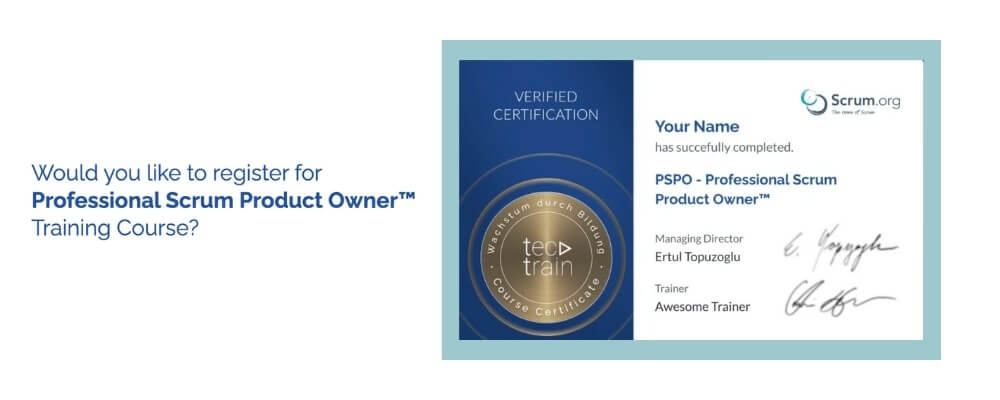
How does one become a Professional Scrum Product Owner (PSPO I)?
The Professional Scrum Product Owner is the core foundation for Product Ownership. In order to become a PSPO, it is necessary to successfully complete the exam administered by Scrum.org and receive a Scrum Product Owner Certification. The easiest way to get this certificate is to attend a course offered by an accredited institute.
In such courses, participants learn how to apply the Scrum framework to maximize the value delivered with a product. Because being a professional product owner involves more than writing requirements or managing a product backlog. With this course, Product Owners will also gain a solid understanding of all aspects of product management who wish to create value from their products.
Differences between Product Owner and Product Manager
When comparing "product owner vs product manager", there are distinct roles each plays. A product manager sets the direction for the product by researching, setting a vision, aligning teams, and deciding what's most important. On the other hand, the product owner works hand-in-hand with the development team to make sure they're working towards the goals set by the product manager.
If a team isn't following the guidelines in the Agile Manifesto, it can make the product manager's role confusing. Without agile practices, the product manager might end up doing different tasks.
Both roles are crucial. The product manager sets the vision and describes what success looks like. They also plan how to achieve that success. The product owner ensures everyone shares the same vision and is involved in day-to-day tasks to reach that vision.
Conclusion
In summary, both the product owner and the product manager play important roles in agile projects. The product owner is responsible for defining and prioritizing the requirements, while the product manager keeps an eye on the entire product life cycle.
If you are interested in learning more about the Product Owner and Product Manager roles, we recommend our Scaled Agile Framework page where we offer various courses including our Product Owner/Product Manager course. Here you will learn everything you need to know to become a successful product owner or product manager.
And if you're also interested in improving your knowledge and skills in other areas of the IT industry, check out our "Academy" page. There you will find a variety of training courses and certifications that can help you achieve your career goals. We are sure that you will find the right course with us!






